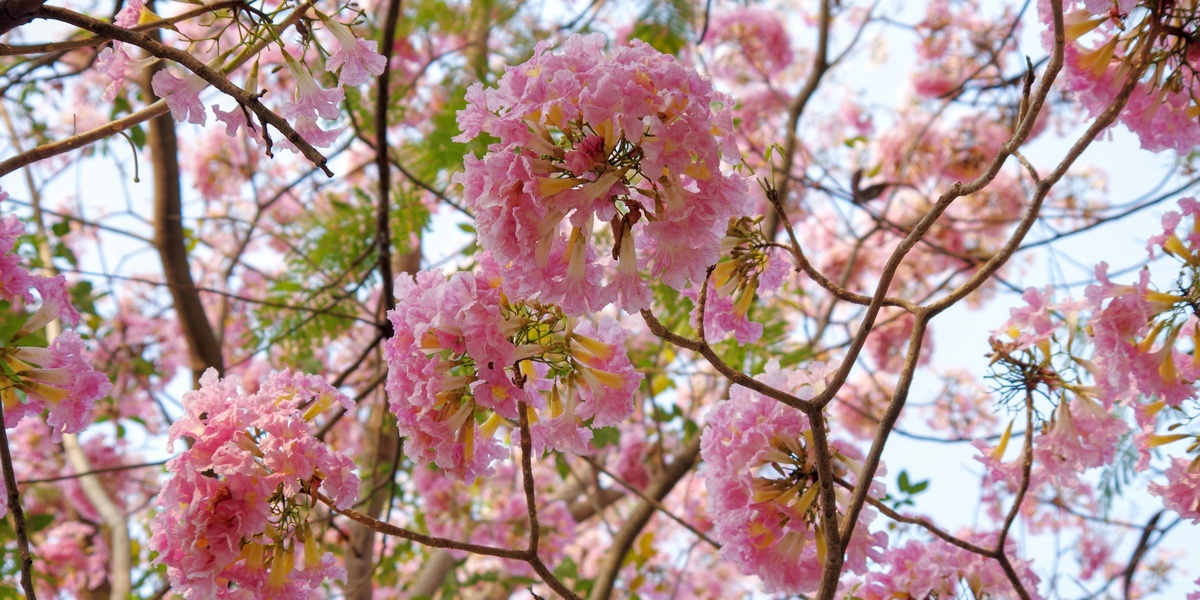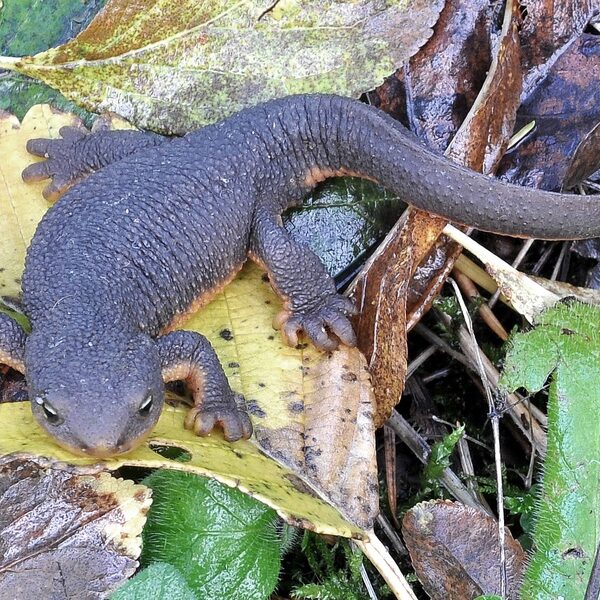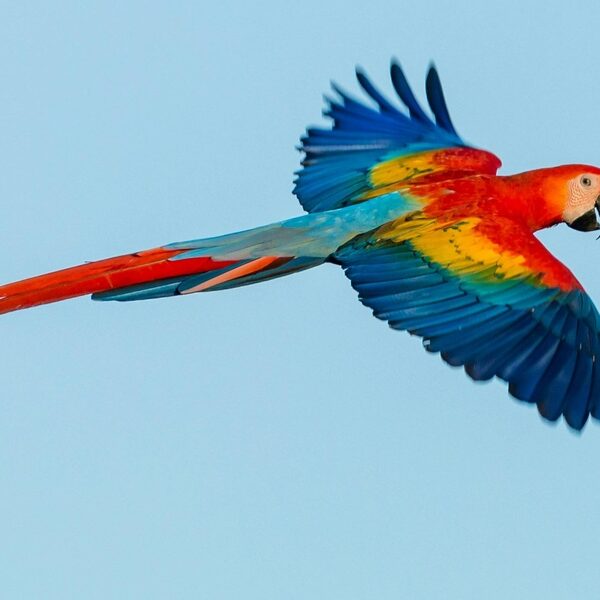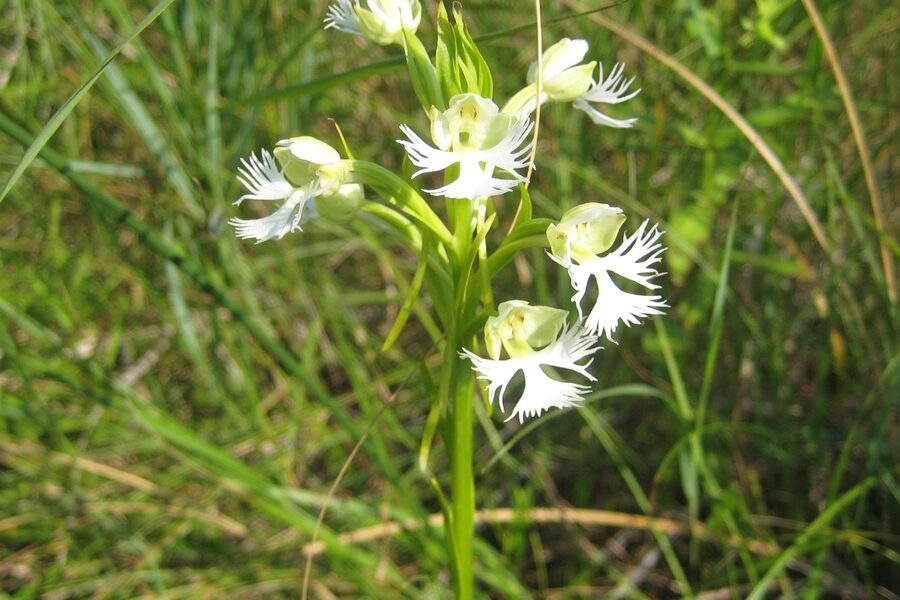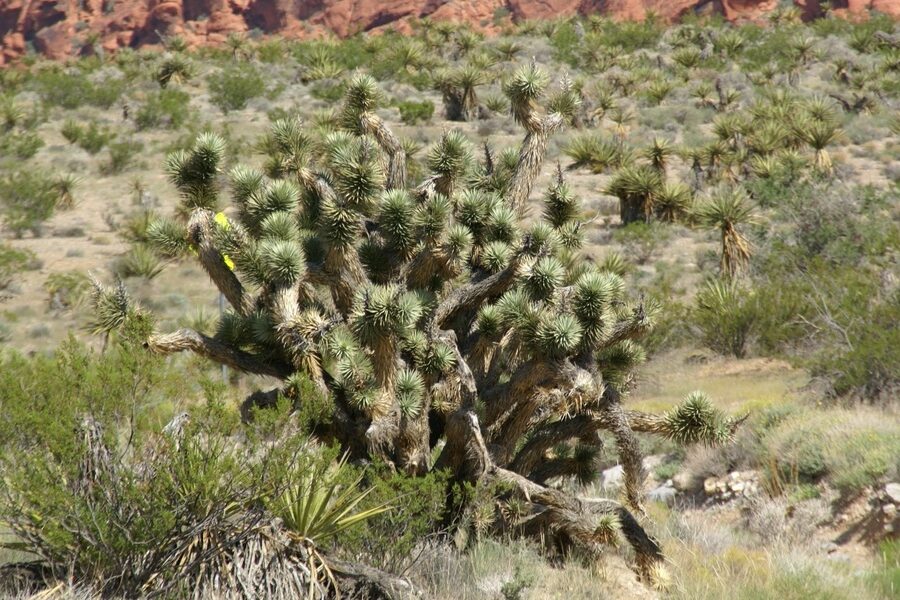Paraguay’s landscapes — from the humid Atlantic Forest to the dry Gran Chaco and the Pantanal-edge wetlands — support a rich mix of native flora adapted to diverse soils and seasons. Learning these plants helps you understand local ecology, traditional use, and conservation priorities across the country.
There are 20 Paraguay’s native plants, ranging from Achiote to Yerba mate. For each species you’ll find below Scientific name,Family,Typical habitat / range, so you can see taxonomy, plant family, and where each typically grows — you’ll find below.
How can I reliably identify these species in the field?
Start with habitat and leaf shape, then look for diagnostic flowers, fruits, bark or seed pods; many species are easiest to ID when flowering or fruiting. Use a regional field guide or plant ID app, compare photos with herbarium samples when possible, and take notes and good close-up photos to confirm later with experts or local botanists.
Which of these plants are used locally for food, medicine, or crafts?
Several are culturally and economically important — for example, Achiote (annatto) for dye and flavor, and Yerba mate for the traditional infusion — while others provide timber, medicines, or materials for weaving. Check the species entries below for specific uses and any notes on sustainable harvest or protection.
Paraguay’s Native Plants
| Common name | Scientific name | Family | Typical habitat / range |
|---|---|---|---|
| Yerba mate | Ilex paraguariensis A.St.-Hil. | Aquifoliaceae | Atlantic Forest, riverine humid forests |
| Algarrobo negro | Prosopis nigra Griseb. | Fabaceae | Gran Chaco dry forest, savanna |
| Algarrobo blanco | Prosopis alba Griseb. | Fabaceae | Gran Chaco, dry riverbanks |
| Quebracho colorado | Schinopsis balansae (Burmeist.) Engl. | Anacardiaceae | Gran Chaco quebracho forests |
| Palo santo | Bulnesia sarmientoi Lorentz ex Griseb. | Zygophyllaceae | Gran Chaco dry forests, sandy soils |
| Pink lapacho | Handroanthus impetiginosus (Mart. ex DC.) Mattos | Bignoniaceae | Atlantic Forest edges, riverine forests |
| Yellow ipê | Handroanthus serratifolius (Vahl) S.O.Grose | Bignoniaceae | Humid forests, Atlantic Forest remnants |
| Cedro | Cedrela fissilis Vell. | Meliaceae | Atlantic Forest, riparian remnants |
| Big-leaf mahogany | Swietenia macrophylla King | Meliaceae | Atlantic Forest lowlands, humid forests |
| Silk floss tree | Ceiba speciosa (A.St.-Hil.) Ravenna | Malvaceae | Riverbanks, Atlantic Forest, urban areas |
| Caranday palm | Copernicia alba Morong | Arecaceae | Gran Chaco floodplains, savanna |
| Seje palm | Attalea phalerata Mart. ex Spreng. | Arecaceae | Humid riverine forests, Pantanal margins |
| Ceibo | Erythrina crista-galli L. | Fabaceae | Riverbanks, wetlands, Atlantic Forest edges |
| Quebracho blanco | Aspidosperma quebracho-blanco Schltdl. | Apocynaceae | Gran Chaco dry forests, riverbanks |
| Cebil / Angico | Anadenanthera colubrina (Vell.) Brenan | Fabaceae | Gran Chaco, dry forests and savannas |
| Achiote | Bixa orellana L. | Bixaceae | Atlantic Forest edges, disturbed humid areas |
| Humboldt’s willow | Salix humboldtiana Willd. | Salicaceae | Riverbanks, floodplains, riparian zones |
| Pitanga (Surinam cherry) | Eugenia uniflora L. | Myrtaceae | Humid forests, forest edges, savanna mosaics |
| Salgueiro-type tree | Vochysia divergens Pohl | Vochysiaceae | Pantanal and wet savannas, floodable plains |
| Bushy matgrass (oregano brujo) | Lippia alba (Mill.) N.E.Br. | Verbenaceae | Disturbed sites, forest edges, savanna |
Images and Descriptions
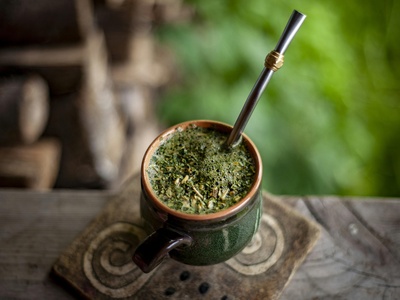
Yerba mate
Yerba mate, a small evergreen tree whose leaves are harvested to make mate tea. Native to eastern Paraguay, it grows in humid Atlantic Forest and riverbanks. Wild populations face habitat loss; culturally and economically important for traditional drinks.
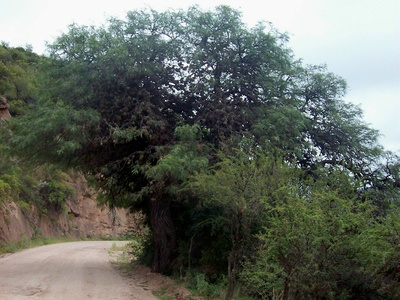
Algarrobo negro
Algarrobo negro, a dominant Gran Chaco tree with dense, durable wood and deep roots. Pods provide livestock forage and traditional sweets. Valuable timber and tannins led to local overexploitation; persists in protected areas but fragmented by ranching and deforestation.
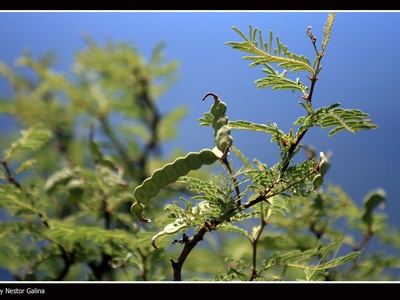
Algarrobo blanco
Algarrobo blanco is a thorny, nitrogen-fixing tree common along Chaco riverbanks. Its sweet pods feed livestock and wildlife; wood is used locally. Tolerant of drought, it aids soil stabilization and is culturally important to rural communities.
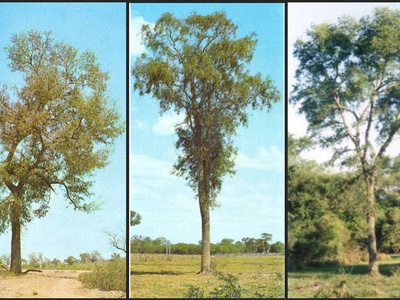
Quebracho colorado
Quebracho colorado, famous for extremely hard, tannin-rich timber used in furniture and tanning. Slow-growing and long-lived, it forms dense ‘quebrachal’ forests in Paraguay’s Chaco. Historic overharvesting has reduced populations; conservation programs protect remnants.

Palo santo
Palo santo produces fragrant, oily heartwood prized for crafts and incense. Native to Chaco dry forests, its scent and durability made it a target for heavy extraction. Populations have declined and it is considered vulnerable; sustainable harvesting is promoted.
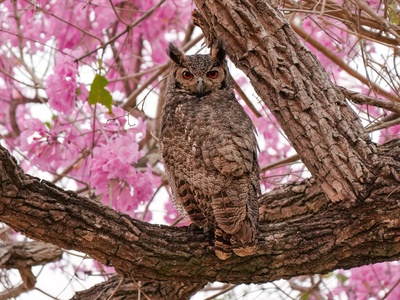
Pink lapacho
Pink lapacho, a striking tree that blooms bright pink flowers in dry season, attracting pollinators. Bark and wood have traditional medicinal uses. Found in eastern Paraguay’s forest fragments, it faces pressure from logging and land conversion.
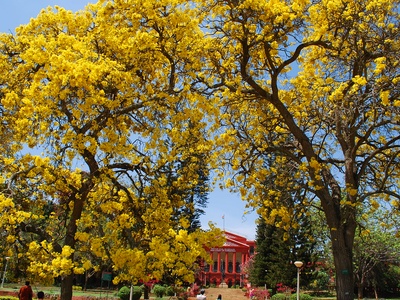
Yellow ipê
Yellow ipê, a large canopy tree with vivid yellow blossoms and dense hardwood valued for construction. It supports pollinators and wildlife. Overharvesting for timber and habitat loss have reduced numbers in Paraguay’s remaining Atlantic Forest.

Cedro
Cedro, a medium to large tree with valuable scented timber used in cabinetry. Native to eastern Paraguay, populations declined from illegal logging and land conversion. Regeneration is slow; conservation and replanting help protect remaining stands.
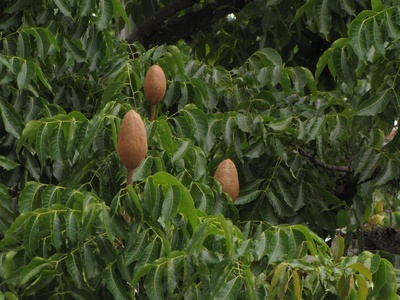
Big-leaf mahogany
Big-leaf mahogany, a tall canopy tree prized worldwide for rich timber. Occurs in eastern Paraguay’s humid forests. Overexploited for decades, wild populations are fragmented; some legal protections and sustainable harvest programs exist.

Silk floss tree
Silk floss tree with a thick, spiny trunk and large pink flowers visible in season. Produces flossy seed fibers historically used for stuffing. Common in parks and wild edges; valued as an ornamental and culturally recognizable native tree.
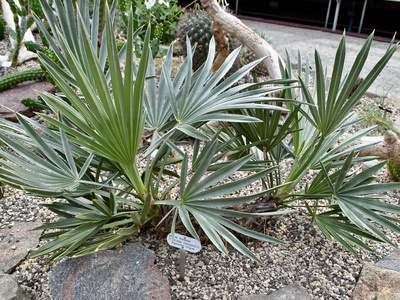
Caranday palm
Caranday palm forming dense stands in floodplains and savannas. Fan-shaped leaves are used for thatching and crafts; trunks provide habitat and seasonal fruits feed wildlife. Resilient to flooding and drought in Paraguayan Chaco ecosystems.
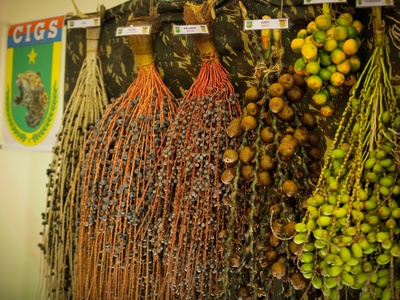
Seje palm
Seje palm producing large edible fruits and oil prized by local communities. Provides thatch, fiber and habitat for wildlife in Paraguay’s wetlands and river margins. Populations common where wetlands remain intact but sensitive to drainage and conversion.
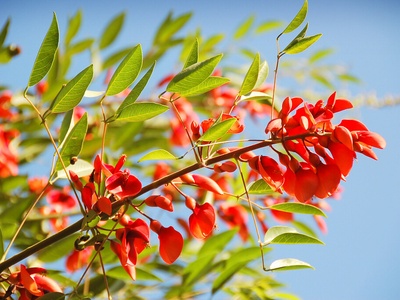
Ceibo
Ceibo tree with spectacular crimson flowers often seen along rivers and marshes. Important culturally and for pollinators such as hummingbirds. Nitrogen-fixing and tolerant of flooding, it shades riverbanks and is locally common in eastern Paraguay.
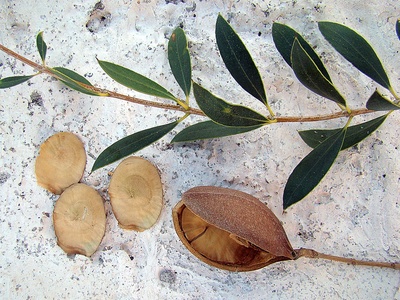
Quebracho blanco
Quebracho blanco, a thorny, hardy tree of the Chaco with pale, durable wood. Provides shade and forage importance for livestock; resilient to drought and grazing. Locally common but habitat loss from agriculture threatens connectivity of stands.

Cebil / Angico
Cebil or angico is a medium tree with hard timber and seed pods used as feed. Traditionally its seeds were used in indigenous rituals for psychoactive snuff. It tolerates dry soils and is a characteristic species of Chaco woodlands.

Achiote
Achiote shrub or small tree producing red seeds used for natural dye and food coloring. Grows in humid forest edges and disturbed sites in Paraguay. Has culinary and medicinal uses; often found near human settlements and secondary forests.

Humboldt’s willow
Humboldt’s willow, a fast-growing tree along Paraguay’s rivers and floodplains. Flexible branches and roots stabilize banks; used for erosion control and traditional crafts. Thrives in seasonally flooded soils and is a common component of riparian vegetation.
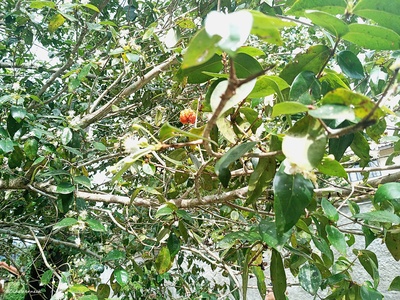
Pitanga (Surinam cherry)
Pitanga or Surinam cherry, a shrubby tree with bright red ribbed fruits eaten fresh or in jams. Native to Paraguay’s moist forests and edges, it attracts birds and is used in agroforestry and home gardens for fruit and hedges.
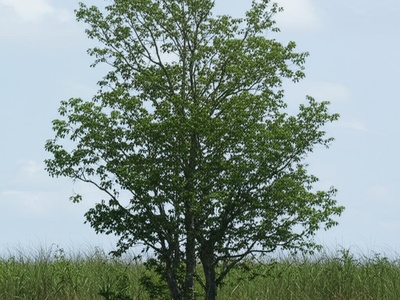
Salgueiro-type tree
Salgueiro-type tree common in seasonally flooded Pantanal and wetlands near Paraguay’s southern regions. It forms dense stands after floods and is valued locally for timber and ecological flood resilience, supporting diverse wetland wildlife.
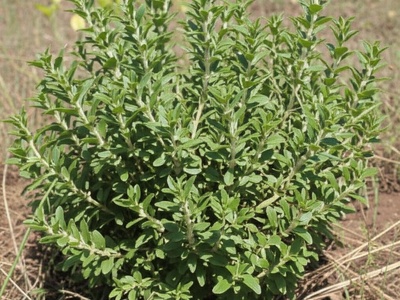
Bushy matgrass (oregano brujo)
Common shrub known as bushy matgrass or oregano brujo, used in traditional medicine and aromatic preparations. Native to Paraguay’s varied habitats, it colonizes disturbed ground and edges, offering medicinal teas and aromatic oils used locally.
